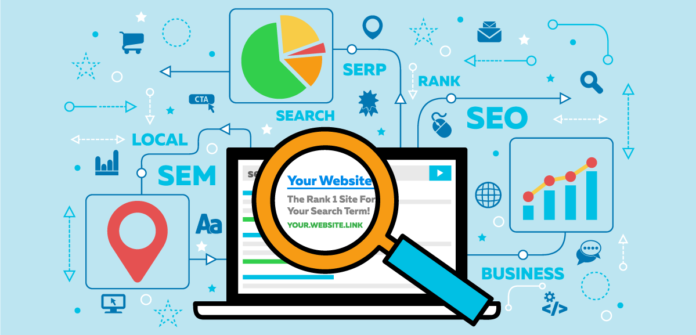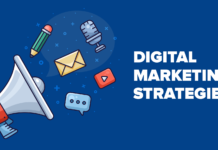Search engine optimization (SEO) is a critical component to driving business growth. SEO strategies are constantly changing and evolving, but there are some things you can do to ensure that your website is optimized for search engine spiders. On-page SEO is a set of practices that you can follow when building or updating a website so that search engines like Google, Bing and Yahoo can easily interpret the content, crawl your site and index it correctly in their database.
Here are 7 effective tips for improving your on-page SEO.
1. Write compelling meta descriptions
According to the best SEO services, a keyword-rich meta description can entice searchers to click through to your site in the results, especially when they are relevant to the searcher’s query and written in a compelling way. Using action words like “learn,” “download,” “get started,” and “shop” can help increase click-through rate (CTR).
Show off your brand’s personality and engage customers by writing a unique, descriptive meta description for every page on your website. The meta description shows up in search results, so you want to entice users to click through to your website with a compelling description of what they’ll find once they get there.
Meta descriptions are not a ranking factor in the search engines, but they can influence click-through rate, which is a key ranking factor.
2. Optimize page titles
If your page title doesn’t appear in any of the major places it should, search engines won’t be able to distinguish what the page is about and may penalize you for duplicate content — that is, if they even include the page in their index at all. So, make sure all of your title tags are present, unique and informative (but not too long).
3. Content
Content link building also known as article submissions, web 2.0, blog publications or guest posting is one of the most important parts of your website because it conveys who you are and what you do to potential customers and search engines alike. For example, if you sell hiking shoes, write a blog post that gives potential customers advice on choosing the right pair of boots or how to break them in so they’re comfortable. This will help establish yourself as an expert in the field, which helps establish trust with potential customers and encourages them to buy from you later on.
4. Target the right keywords
You can have the best on-page optimization in the world and still not get any traffic if you’re targeting the wrong keywords. You can keep an informative SEO & link building blog handy for better insights and strategy planning.
Once you’ve done these things well, you’ll have earned the right to rank in search results pages — and with an optimized page title and meta description (which we’ll get into below), you’ll also earn the right to improve your click-through rate (CTR) and drive more traffic to your site. So, let’s look at some of the best on-page SEO techniques for ecommerce product pages:
- Start with a keyword research spreadsheet
- Optimize URLs
- Optimize page titles and meta descriptions
- Include header tags (H1s and H2s)
- Use internal linking
To find the right keywords for your site, start by thinking like your customers. What would they type into Google if they were looking for a product or service like yours?
You might have a good idea of what terms you want to rank for, but it can be useful to put yourself in your customers’ shoes to come up with keyword ideas.
5. Page URLs and Titles
Page titles can be a major ranking factor, as Google gives significant weight to the first words in a page title. Put your most important keywords near the beginning of your page title. For example, if you’re a plumber located in Portland, Maine, then “Portland Plumbers” should come near the beginning of your page title
Page URLs is also an important part of on-page SEO and directly affect rankings. First make sure that your website is connected to Search Console (formerly known as Webmaster Tools). If you’re not sure if your site is connected or not, follow this guide. Next, check for crawl errors. Go to Crawl > Crawl Errors from within Search Console and look through the report. You should be looking for any pages that return 404 (Page Not Found) or 500 (Server Errors). If you find any errors relating to specific pages then make sure you correct them by redirecting them using a 301 redirect.
6. Set up Google Analytics
This will give you access to valuable data on who visits your site and how they use it, including which pages they visit, how long they stay on the page, and whether they get error messages from web pages.
7. Use Google Search Console (formerly Webmaster Tools)
This is another free tool from Google, but this one helps you diagnose potential SEO issues on your site. For example, it will tell you if Google has detected any problems crawling your site, what keywords people are using to find your site, the links pointing to your site and much more.


















